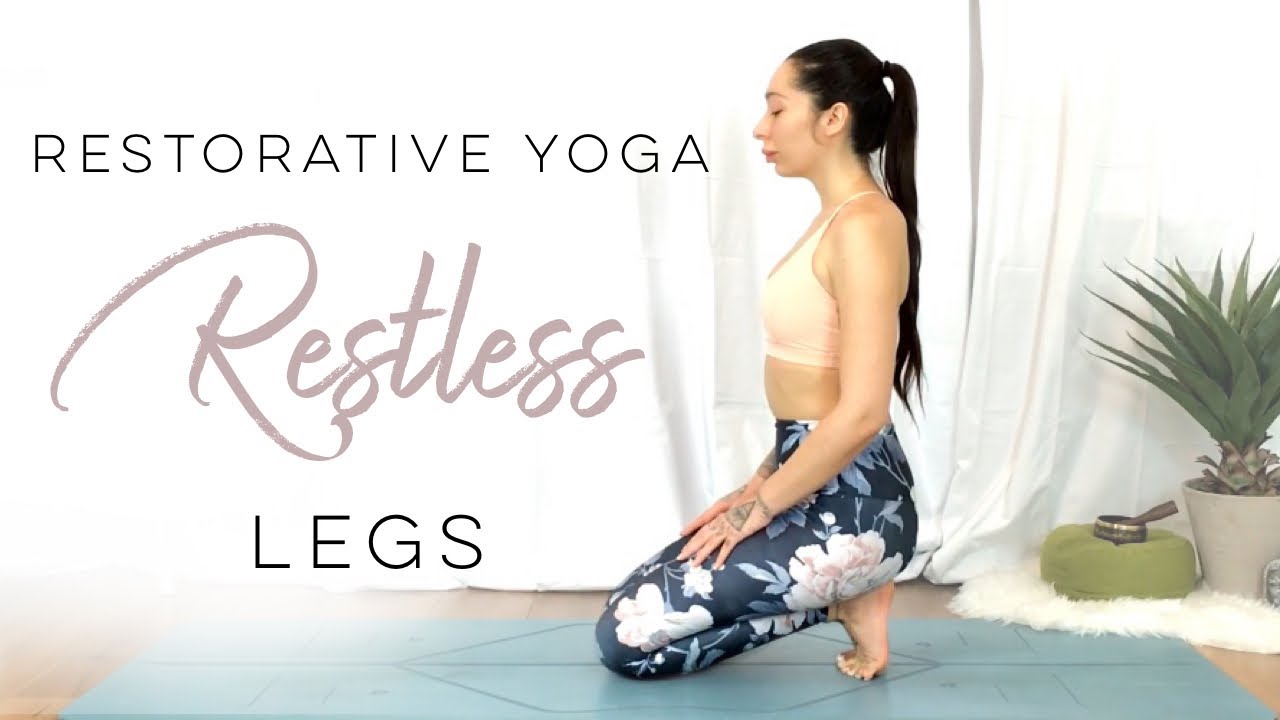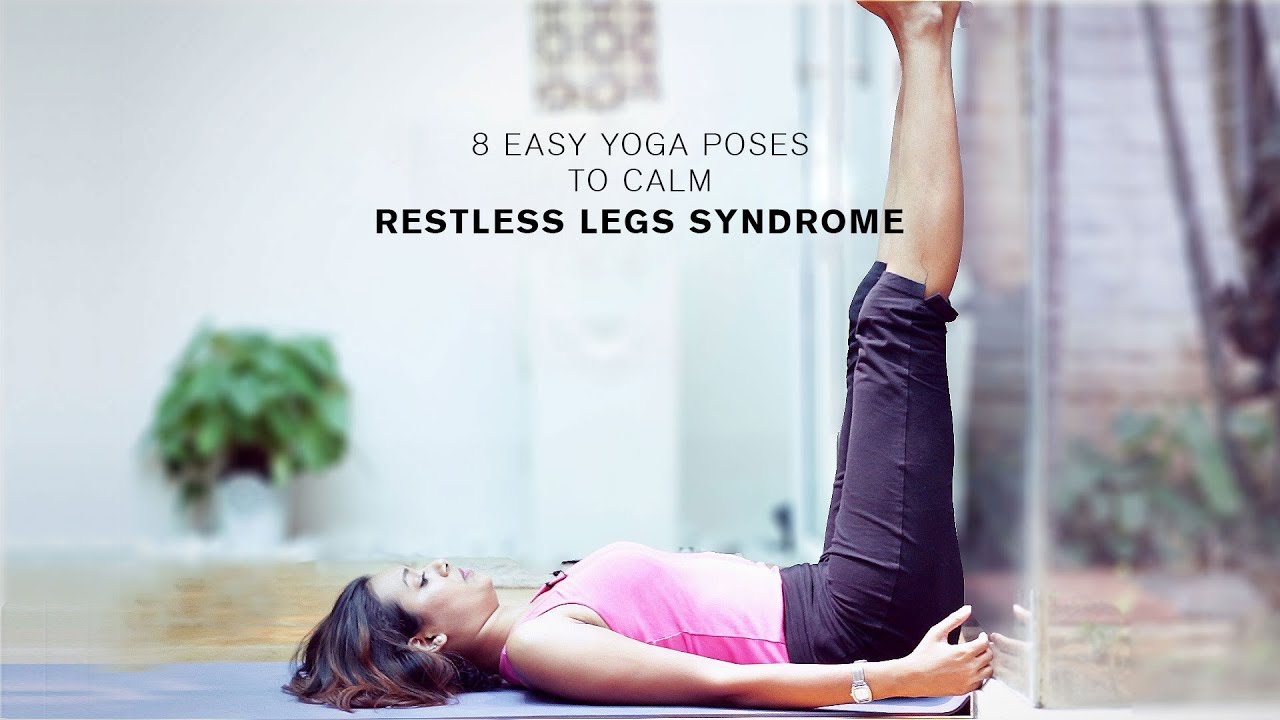This one… I actually had to do for my partner’s sake when my restless leg was driving her crazy. I’ve also seen some impressive improvements in students who practice yoga specifically for restless legs syndrome. The gentle stretching and conscious movements help to increase circulation and release tension in the legs, often providing immediate relief from the uncomfortable sensations associated with RLS. The calming breathwork and relaxation techniques we incorporate into these classes appear to have a soothing effect on the nervous system, which many students report leads to improved sleep and reduced overall symptoms
And my partner hasn’t killed me yet, so it must be working!
- Legs Up the Wall Pose. Lie on your back with your buttocks against a wall and legs extended up the wall. This pose promotes circulation in the legs. Some students may find it difficult to get into position. For those with limited mobility, start by sitting sideways next to the wall, then swivel and lie back as you bring your legs up.
- Reclined Spinal Twist. Lie on your back, bring your knees to your chest, then lower them to one side while keeping your shoulders flat. This twist can help relieve tension in the lower back and hips. If you have tight hips, place a folded blanket between your knees and the floor for support.
- Standing Forward Bend. From a standing position, hinge at the hips and fold forward, allowing arms to hang. This pose stretches the hamstrings and calves. For those with tight hamstrings or lower back issues, bend the knees slightly or use a chair for support, placing hands on the seat.
- Reclining Bound Angle Pose. Lie on your back with the soles of your feet together and knees falling out to the sides. This pose opens the hips and inner thighs. If you experience discomfort in the groin or inner thighs, place yoga blocks or folded blankets under your outer thighs for support.
Affirmation: I release tension from my legs, allowing calm energy to flow freely through my body and mind.
For this, you want to focus on holding poses for longer (not just rushing through them) so have any props you need close to hand. Gentle, sustained stretches can help ease restless leg sensations, so always listen to your body and feel free to modify poses to suit your comfort level. During your practice, focus on postures that target your legs, hips, and lower back. Afterward, try adding short, gentle stretching sessions into your daily routine, especially in the evening, to help manage restless leg symptoms and support better sleep.

